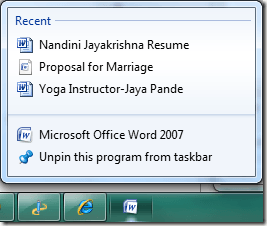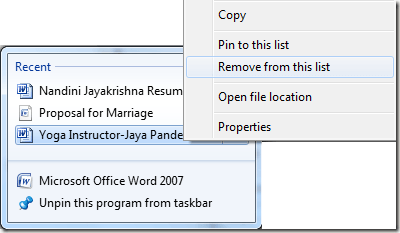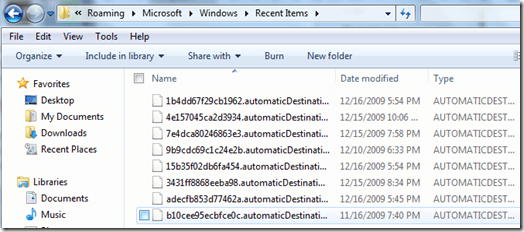The JTA Jewish News Archive is a powerful reference tool that offers a perspective on current events and modern Jewish history that is not available anywhere else. With free access to nearly a century of reporting about global events affecting world Jewry, the Archive will not only serve as a rich resource for both the casually curious as well as students and scholars of modern Jewish history, it will also transform the way the next generation of Jewish leaders and activists learn about their heritage.
Until now, there has been no authoritative site that provides a comprehensive chronicle of modern Jewish history, as seen through the eyes of journalists. From the aftermath of World War I, to the rise of Nazi Germany, through the Holocaust, the creation of the modern State of Israel and right up to today, JTA journalists have been reporting on stories and issues affecting Jews around the globe. The JTA Jewish News Archive holds over a quarter-million articles They provide a unique lens through which to view world events that no other news organization provides.
“The JTA Jewish News Archive has the potential to spark an interest in the past that will transform the future,” says Jonathan Sarna, the Joseph H. & Belle R. Braun Professor of American Jewish History at Brandeis University and director of its Hornstein Jewish Professional Leadership Program. Professor Sarna, a member of JTA’s Board of Directors, chaired the project.
It has long been JTA’s mission to document the narrative of modern Jewish history. JTA was founded in the waning days of World War I by Jacob Landau as a mechanism for transmitting vital information about what was happening in Jewish communities in various parts of the world. Orginally named the Jewish Correspondence Bureau, it was, in fact, the first news agency that not only gathered but also disseminated news in every part of the world.
The tag line on the logo, "Writing the first draft of Jewish history since 1917" reflects the reality that the correspondents reported what they could confirm at that time. It is possible that some of the facts in these articles were proven erroneous when more deliberate research became possible . As a news service, though, JTA reported events that would have otherwise not been documented. That is the nature of news reporting, particularly during times of war or political repression.
Throughout our long history, JTA has earned its reputation for journalistic integrity, outstanding reporting and insightful analysis. Over the years, the Jewish community has come to rely on JTA as the single most credible source of news and analysis available about events and issues of Jewish interest anywhere in the world.
Headquartered in New York, JTA is a not-for-profit corporation governed by an independent Board of Directors. It has no allegiance to any specific branch of Judaism or political viewpoint. We receive funding from a diverse array of sources.








 WISQARSTM (Web-based Injury Statistics Query and Reporting System) is an interactive database system that provides customized reports of injury-related data.
WISQARSTM (Web-based Injury Statistics Query and Reporting System) is an interactive database system that provides customized reports of injury-related data.